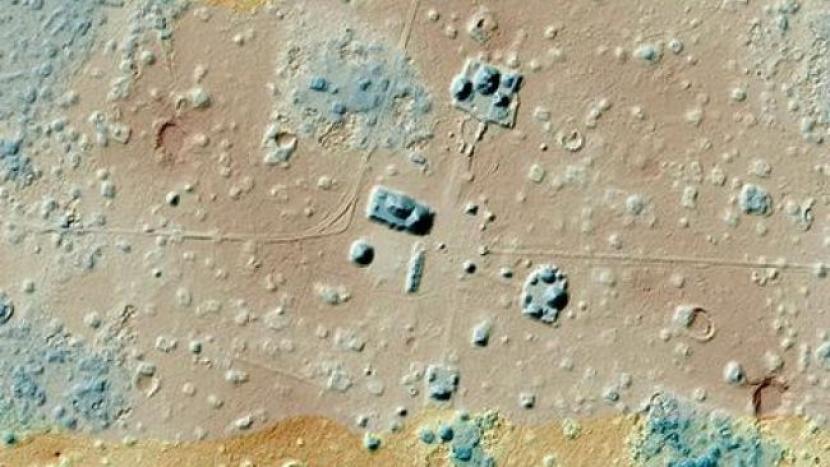Researchers’ recent findings reveal, around AD 539, in what is now San Andrés, El Salvador, the Ilopango caldera erupted in the largest volcanic event in Central America in the last 10,000 years.
Known as the Tierra Blanca Joven (TBJ) eruption, the volcano produced lava flows that stretched for tens of miles, and ejected so much ash into the atmosphere over Central America that the climate cooled in the northern hemisphere.
Due to the destructive power of the volcano, scientists think that many Maya settlements in the region were abandoned, perhaps for centuries.
But in a recent analysis of the Maya pyramid known as the Campana structure, Akira Ichikawa, a Mesoamerican archaeologist and postdoctoral fellow in the Department of Anthropology at the University of Colorado Boulder (UCB), found that people returned to the region more quickly. They then built the monument just a few decades after the eruption.
New analysis of the pyramid, which lies about 25 miles (40 kilometers) from the volcano in the Zapotitán Valley, also reveals that in the builders, the Maya mixed pieces of rock and earth with blocks carved from tephra, rock ejected by the volcano.
“This is the first evidence that volcanic ejecta was used in the construction of the Maya pyramids, and it could reflect the spiritual significance of volcanoes in Mayan culture,” Ichikawa said. Live Science, Wednesday (22/9).
Experts have debated the date of TBJ’s eruption for decades. Some argue that the volcano erupted much earlier, between AD 270 and 400, writes Ichikawa in the new study, published Sept. 21 in the journal Antiquity.
However, according to Ichikawa, recent radiocarbon dating (comparing ratios of radioactive carbon isotopes) in tree trunks from El Salvador has suggested that 539 AD is a more accurate estimate.
– .


